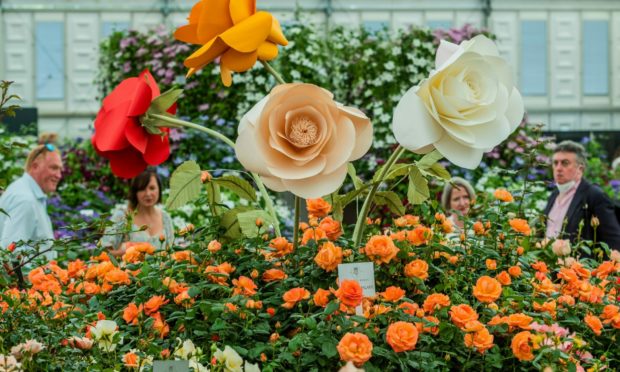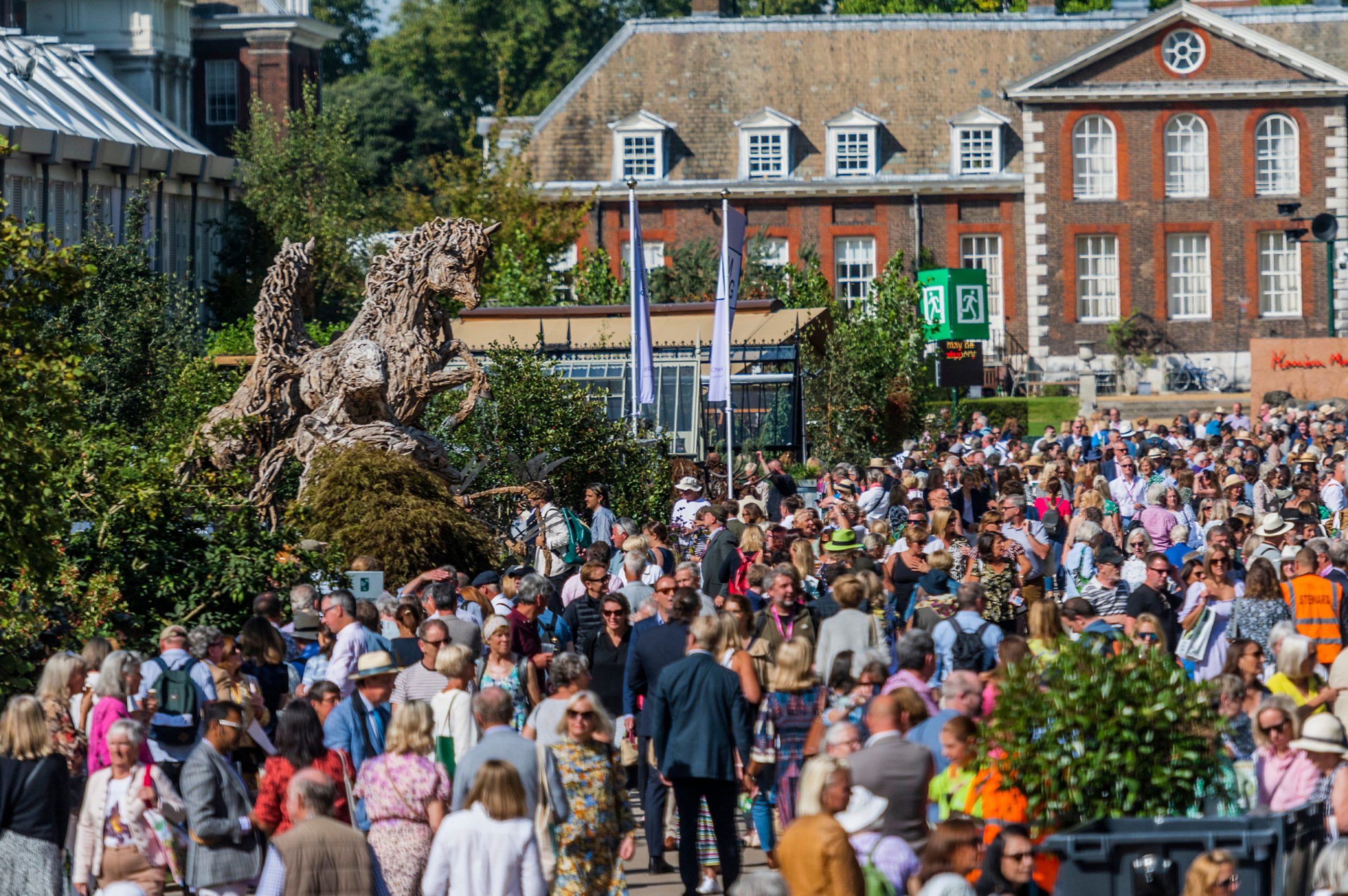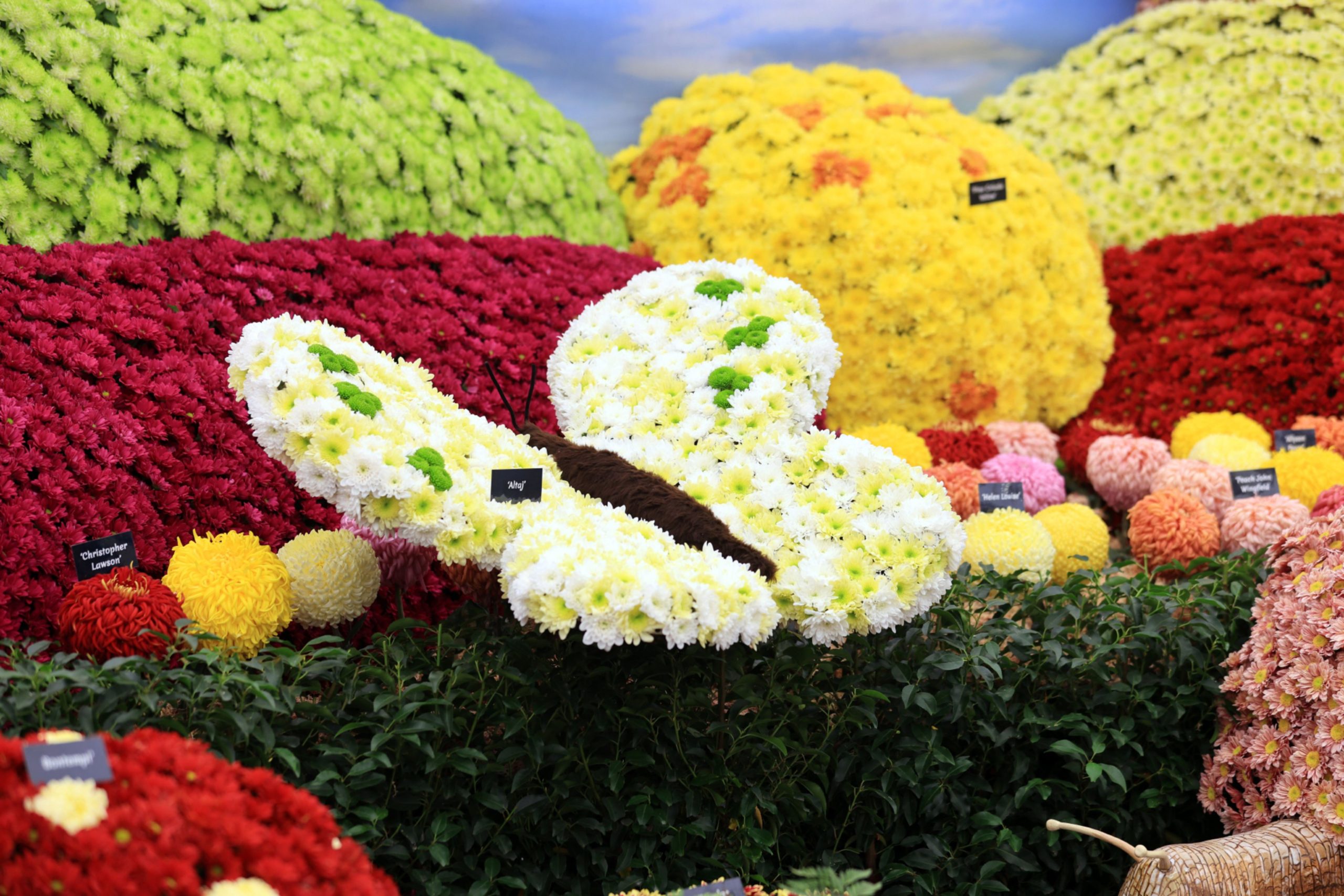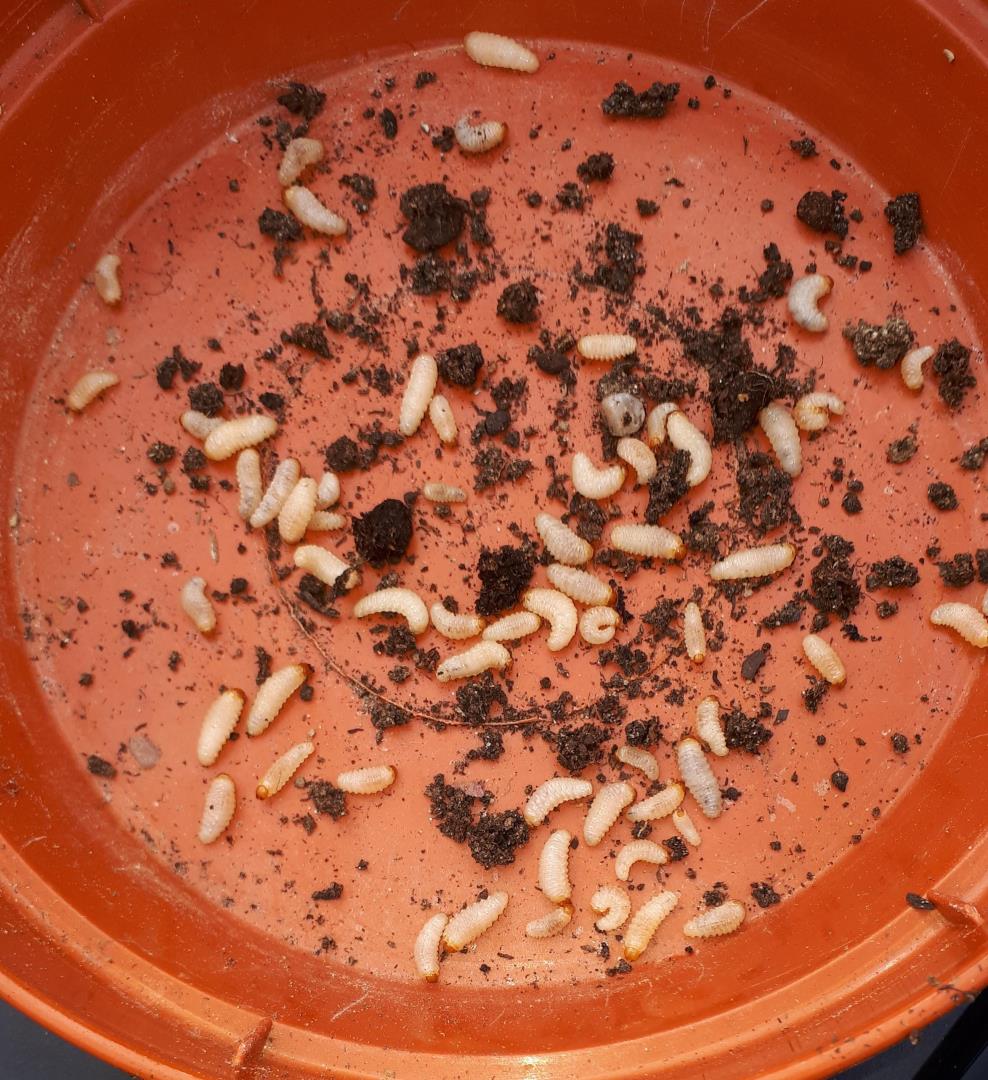Surely the major talking point amongst gardeners in the last 10 days has to have been the Chelsea Flower Show, uniquely, being held in September instead of May.
Some might argue that this is a better time; think about it, most flower shows around the country are held in the autumn months. No matter, Chelsea has proven to be a winner once again. Mind you, I am judging that from my armchair. It is quite a few years now since I made that rather long and expensive journey to London town.
Chelsea Flower Show is top of the league as a marketing opportunity and it is not just the plants on display that I am talking about, it is the way that they are displayed, sometimes in OTT but stunning scenarios.
It is a huge shop window for landscapers and designers, nonetheless one has to admire their ability to present the many wonderful plants in an environment often simulating their native territory. As a result, visitors will take away ideas to fit their own particular location and space – for that alone we must be thankful.
The “returns” for the planners must warrant the expenditure considering that the best designers from far and wide cherish the opportunity to show off their skills at Chelsea. On one occasion, remarking to one designer that the mature Prunus tree we were admiring in his display must have cost a bob or three, he replied that it had cost over £10,000 to bring it from the continent but, before sealing the deal, the trick was to find a customer in this country who would take it at that price when the show was over.
It is big business putting on a show like Chelsea, but as a result, we are treated to a wonderful array of gardens designed by leading exponents of the art. In turn, thousands of gardeners are happy and willing to pay to attend. As well as the pure joy and delight at seeing these displays, visitors have the opportunity to talk to the growers, picking up tips and ideas for their own garden.
A day at Chelsea is a memorable experience and this year, especially because of the pandemic, many of the exhibits were used to highlight the powerful effect gardening has had in helping people pull through. I was particularly taken with some of the new categories, for example a competition for balcony gardens with designs, new products and plants to suit a wide range of situations. Mind you, on that theme, this year the Beechgrove team were “on the ball” by visiting flat dwellers who made the very best of their limited balcony spaces.
Back to Chelsea, it was the range of late summer and autumn flowering plants that hit the spot. Roses, dahlias, asters, anemones, salvias and shrubs beginning to show their autumn colours. Lovely stuff, but we mustn’t forget the eatables. I noticed a splendid display of Medwyn vegetable varieties.
Medwyn Williams is from Anglesey, a vegetable grower of note who, several years ago, turned to breeding a whole range of varieties for showing. (I once participated on a Gardener’s Questions panel with him.) On Monday, the judging is completed, members of the RHS can visit and the day is topped off by the Royal Visit at about 4pm. This year HM Queen Elizabeth did not attend, as she suns herself at Balmoral, and it’s an afa lang wye tae Chelsea for us aulder yins as I said at the outset.
Back to reality now and in my case it was with a thump! As I mentioned last week, I am emptying troughs and tubs to ready them for planting up again with spring flowering plants such as polyanthus, which were in the cold frame having been lifted and potted back in May. Some were split up and have since made quite decent plants to be used again BUT one batch of about 12 plants were looking a bit sorry for themselves and little wonder. When I lifted the first one, in tidying the foliage it came away in my hand. Underneath, the compost was riddled with little white maggots. Vine weevil larvae having a field day.
There are two solutions to this problem, three if you count binning the lot. There is a spray and a treatment with a biological technique using nematodes. Methinks it is too late in the year to use the nematode option because of lower temperatures, so my option to this is to drench the plants in their wee pots with an insecticide. The puzzle remains – where did they come from in the first place? This is the first trouble I have experienced with vine weevil, having worked the garden for over 10 years.



